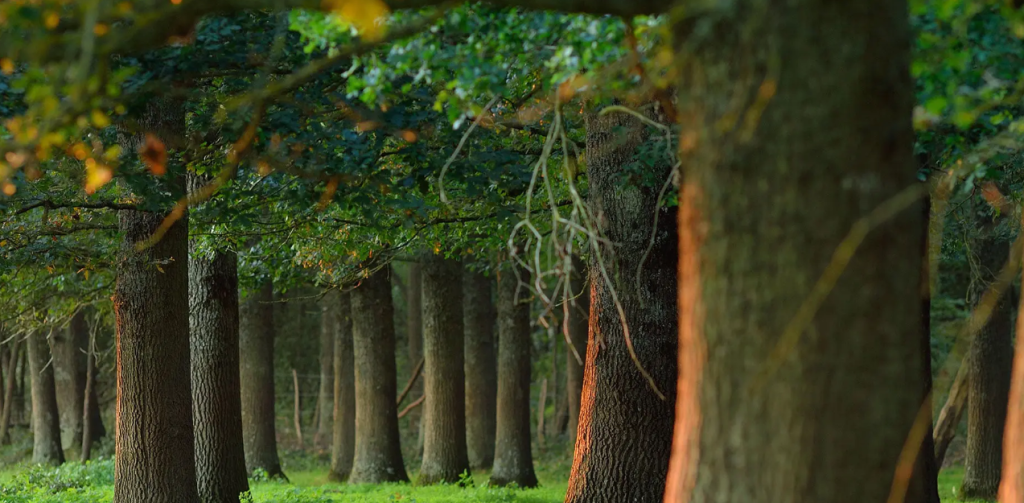The Sundarbans is the Bangladesh National Forest and UNESCO World Heritage Site. It is one of the largest mangrove forests in the world, home to a diverse array of flora and fauna, and an important resource for local communities. In this article, we will explore the geography, environment, human interaction, tourism, and conservation efforts of the Sundarbans.
Geography and Environment of the Bangladesh National Forest
The Sundarbans is situated in the delta region of the Ganges, Brahmaputra, and Meghna rivers, covering approximately 10,000 square kilometers. The area is comprised of a network of rivers, creeks, and estuaries, with over 200 islands. The Sundarbans is a unique ecosystem that contains the largest mangrove forest in the world, with trees that can grow up to 30 meters tall.
The Sundarbans is home to a variety of flora and fauna, including the Bengal tiger, saltwater crocodile, spotted deer, and over 300 species of birds. The forest is also an important habitat for the endangered Irrawaddy dolphin and the critically endangered River terrapin.
Human Interaction with the Sundarbans
The Sundarbans has been inhabited by humans for centuries, and local communities have traditionally relied on the forest’s resources for their livelihoods. Today, many communities in and around the Sundarbans continue to depend on the forest for fishing, honey collection, and timber.
However, human activities such as logging, shrimp farming, and industrial pollution pose a threat to the Sundarbans’ delicate ecosystem.
Tourism in the Sundarbans
Tourism in the Sundarbans has been growing in recent years, with visitors attracted to the forest’s unique wildlife and natural beauty. Popular activities for tourists include wildlife safaris, boat tours, and bird watching.
However, tourism also poses a risk to the Sundarbans’ environment and wildlife. Unregulated tourism can lead to pollution, disturbance of wildlife, and damage to the forest’s fragile ecosystem. Therefore, sustainable tourism initiatives have been implemented in the Sundarbans, which not only benefit tourists but also the local communities. These initiatives provide employment opportunities for the locals and generate revenue for conservation efforts.
Conservation Efforts in the Bangladesh National Forest
The government of Bangladesh has taken several steps to protect the Sundarbans, including the declaration of the Sundarbans as a national forest and the creation of the Sundarbans Reserved Forest. The government has also implemented policies to regulate human activities in the forest, such as prohibiting logging and shrimp farming.
International organizations such as UNESCO and WWF are also involved in the conservation of the Sundarbans. In 1997, the Sundarbans was declared a UNESCO World Heritage Site, recognizing its significance as a unique ecosystem and habitat for endangered species. WWF has been working with local communities to develop sustainable livelihoods and reduce human-wildlife conflict.
Despite these efforts, the Sundarbans continues to face challenges to its preservation. Climate change is causing rising sea levels, which could lead to the erosion of the forest’s islands and loss of habitat for its wildlife. Illegal logging and poaching also remain a threat to the Sundarbans.
Conclusion
The Sundarbans is a national treasure that is not only important to Bangladesh but to the world. Its unique ecosystem and wildlife are worth preserving for future generations. As visitors and global citizens, it is our responsibility to support conservation efforts in the Sundarbans and ensure its continued existence.
FAQs
- What is the Sundarbans?
The Sundarbans is a national forest and UNESCO World Heritage Site located in Bangladesh.
- Why is the Sundarbans important?
The Sundarbans is important for its unique ecosystem, which includes the largest mangrove forest in the world, and for its diverse array of flora and fauna, including the Bengal tiger and the saltwater crocodile.
- What animals can be found in the Sundarbans?
The Sundarbans is home to a variety of animals, including the Bengal tiger, saltwater crocodile, spotted deer, and over 300 species of birds.
- Is it safe to visit the Sundarbans?
Visitors to the Sundarbans should take necessary precautions and follow guidelines provided by local authorities. Visitors should also respect the forest’s delicate ecosystem and wildlife.
- How can I support conservation efforts in the Sundarbans?
You can support conservation efforts in the Sundarbans by donating to reputable organizations that work to protect the forest, choosing sustainable tourism initiatives, and advocating for policies that promote the conservation of the Sundarbans.
References
- “Sundarbans.” UNESCO World Heritage Centre, whc.unesco.org/en/list/798/.
- “Sundarbans Mangrove Forest.” WWF, wwf.panda.org/discover/our_focus/forests_practice/places/sundarbans_mangrove_forest/.

